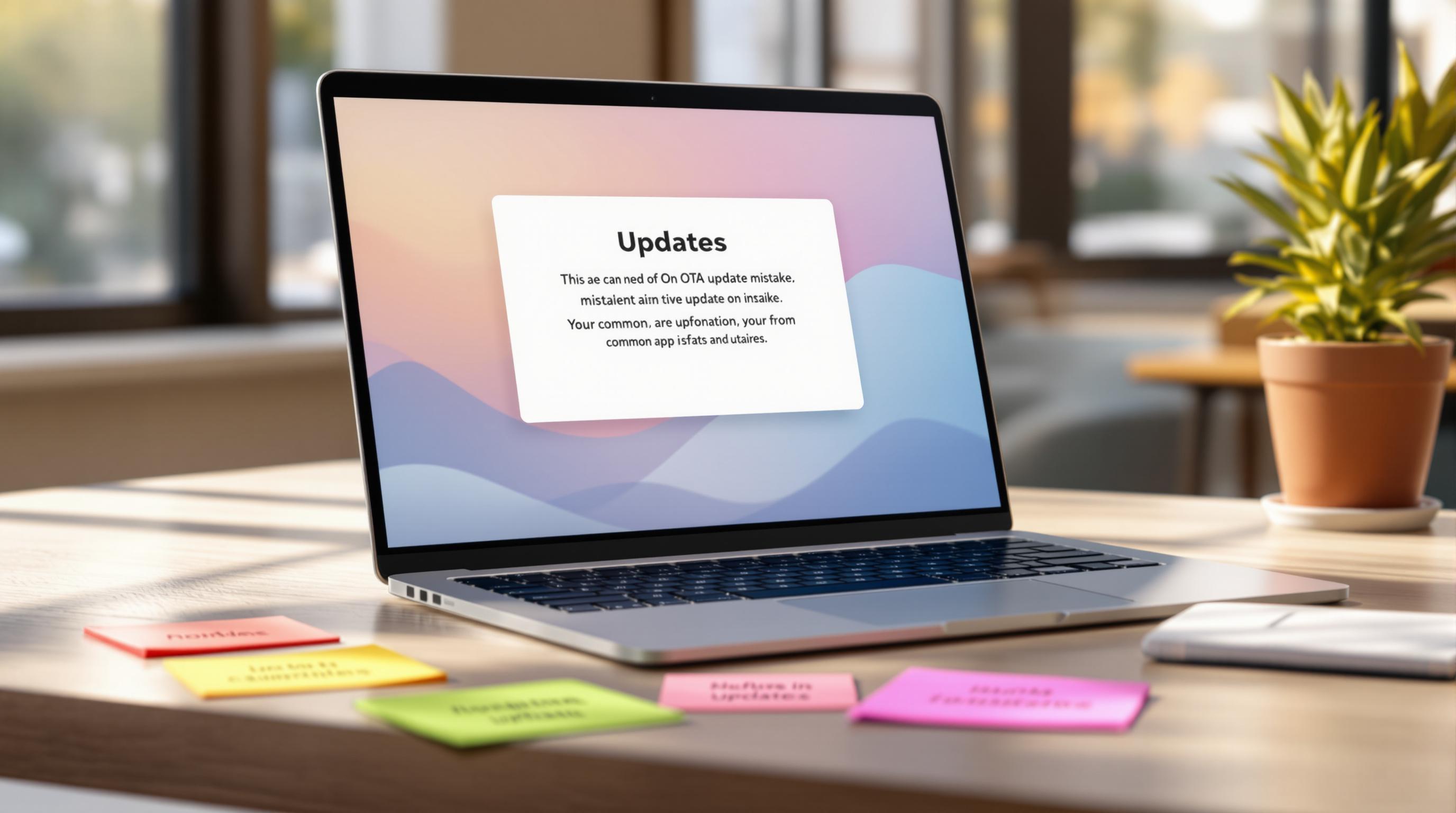Capacitor CLI simplifies managing plugins for app development, enabling seamless integration of native device features. Paired with tools like Capgo, it streamlines updates, deployment, and troubleshooting. Here’s what you need to know:
Key Features:
- Install Plugins: Use
npx @capgo/cli initto add plugins, handle dependencies, and update configurations automatically. - Update Plugins: Commands like
npm update @capacitor/*andnpx cap syncensure smooth updates. - Remove Plugins: Cleanly uninstall with
npm uninstall @capacitor/plugin-nameand sync configurations. - Troubleshoot Issues: Commands like
npx cap doctorandnpx cap sync --verbosehelp detect and resolve problems.
- Real-time updates
- End-to-end encryption
- CI/CD integration
- Rollback for errors
Capgo supports 750+ apps globally, offering fast updates and error tracking for $12/month.
Start managing Capacitor plugins efficiently and enhance your development workflow today!
Cross-Platform Development: Exploring CapacitorJS with …
Plugin Installation Commands
The Capacitor CLI makes adding plugins to your project straightforward and efficient. These commands handle the integration process, taking care of dependencies and ensuring compatibility with your setup.
Basic Installation Commands
To add a Capacitor plugin to your project, use this simple command structure. For example, to install the Capgo plugin, run:
npx @capgo/cli initThis command takes care of the following:
- Verifies that the plugin is compatible with your Capacitor version
- Installs all required dependencies
- Sets up platform-specific configurations
- Updates your project’s configuration files automatically
Stick to this process to avoid errors during installation.
Installation Guidelines
Here’s how to ensure your plugin installs without issues:
Pre-installation Steps:
- Make sure your Capacitor project is already set up
- Navigate to the root directory of your project
- Check that your Node.js version is current
- Update to the latest version of the Capacitor CLI
Handling Versions:
- Specify the plugin version you want during installation
- Follow semantic versioning to avoid compatibility issues
- Test the plugin in your development environment before deploying
“Run npx @capgo/cli init that it!” - Capgo [1]
After installation, confirm everything is set by reviewing your package.json and platform-specific configuration files. For any additional steps, consult the plugin’s documentation.
Plugin Update Commands
Keeping your Capacitor plugins up-to-date helps maintain app stability and ensures access to new features. The CLI offers tools to manage plugin updates efficiently.
Finding Available Updates
Run these commands in your project’s root directory:
npm outdated @capacitor/*npx cap doctorThe npx cap doctor command checks your Capacitor setup, including plugin versions. It identifies issues and suggests updates to improve performance. Once you know which plugins need updates, use the commands below.
Running Plugin Updates
To update plugins, use the following:
Updating a Single Plugin:
npm update @capacitor/plugin-namenpx cap syncUpdating All Plugins at Once:
npm update @capacitor/*npx cap syncIf you’re a Capgo user, their CLI tool simplifies the update process:
npx @capgo/cli updateManaging Update Dependencies
After applying updates, follow these steps to manage dependencies effectively:
| Stage | Task | Purpose |
|---|---|---|
| Pre-update | Review dependencies | Check current versions |
| During update | Resolve version conflicts | Fix incompatibilities |
| Post-update | Run platform-specific tests | Ensure everything works |
Capgo users benefit from advanced features like controlled rollouts. Their system has proven reliability:
- 95% of updates complete within 24 hours [1]
- 82% success rate globally for updates [1]
- Compatibility with Capacitor 6 and 7 versions [1]
To ensure smooth updates:
- Version Control: Commit your changes before updating.
- Testing: Apply updates in a development environment first.
- Dependency Warnings: Address any peer dependency issues promptly.
Capgo also provides a rollback feature to reverse critical updates if problems arise [1].
Plugin Removal Commands
Removing plugins properly is crucial to avoid issues during updates and keep your development environment clean. Below, you’ll find the steps for uninstalling plugins and verifying their complete removal.
Uninstall Commands
To uninstall a Capacitor plugin, use the following command:
npm uninstall @capacitor/plugin-namenpx cap syncFor platform-specific updates, run:
npx cap update iosnpx cap update androidNeed to remove multiple plugins at once? Use this:
npm uninstall @capacitor/plugin1 @capacitor/plugin2npx cap syncPost-removal Cleanup
After uninstalling, follow these cleanup steps to ensure your project remains stable:
| Task | Command | Purpose |
|---|---|---|
| Update dependencies | npm install | Rebuilds the dependency tree |
| Sync platforms | npx cap sync | Updates native project configurations |
Additionally, manually remove leftover entries from capacitor.config.ts, package.json, and any platform-specific files.
Confirming Plugin Removal
To confirm the plugin is completely removed, use these commands:
npm list @capacitor/*npx cap doctornpm list @capacitor/*: Checks for any remaining Capacitor-related dependencies.npx cap doctor: Identifies orphaned dependencies, incomplete removals, or configuration issues.
Double-check these areas for residual traces:
- Project root: Ensure the plugin is no longer listed in
package.json. - Native platforms: Verify cleanup in iOS and Android directories.
- Build files: Confirm the plugin is absent from compiled assets.
If you’re using Capgo for plugin management, their CLI tool can help verify removal:
npx @capgo/cli verifyThis command scans for any leftover traces that could cause conflicts, ensuring a thorough cleanup.
Plugin Troubleshooting
If you’re still facing issues after installing or updating plugins, here are some practical troubleshooting steps to help you identify and fix common problems.
When working with Capacitor plugins via CLI commands, developers often encounter challenges that can disrupt their workflow. Below is a guide to help you address these issues effectively.
Diagnostic Tools
These commands can help you uncover problems with your CLI configuration:
npx cap doctornpx cap sync --verboseThese tools can detect:
- Missing dependencies
- Version mismatches
- Configuration errors specific to platforms
- Plugin installation issues
For deeper insights, Capgo offers additional diagnostic commands:
npx @capgo/cli diagnosenpx @capgo/cli verify-pluginsAfter running diagnostics, use the table below to apply targeted fixes for specific errors.
Common Error Fixes
Here are CLI commands to resolve frequent plugin issues:
| Error Type | Command | Solution |
|---|---|---|
| Version Mismatch | npx cap sync --force | Forces plugins to synchronize |
| Platform Conflicts | npx cap update <platform> | Rebuilds platform-specific configurations |
| Dependency Issues | npm cache clean --force | Clears npm cache for fresh installations |
| Plugin Corruption | npm rebuild | Rebuilds plugin binaries |
For more stubborn update problems, try this sequence:
npm cache clean --forcerm -rf node_modulesnpm installnpx cap syncCLI vs Manual Fixes
While CLI commands are often enough, some situations might require manual intervention.
When to Use CLI:
- Routine plugin updates
- Resolving dependency conflicts
- Running diagnostics or syncing platform configurations
When Manual Fixes Are Needed:
- Editing native platform code
- Fixing merge conflicts
- Customizing plugin settings
- Migrating older plugins to newer versions
“We practice agile development and @Capgo is mission-critical in delivering continuously to our users!” - Rodrigo Mantica, @manticarodrigo [1]
“Cancelled my @Appflow subscription after 4 years. Code-Push never seemed to work well, hopefully @CapGO has it figured out” - LeVar Berry, @levarberry [1]
Finally, always check platform-specific logs after running CLI commands:
- iOS: Use Xcode’s console for detailed logs
- Android: Review logcat in Android Studio
- Web: Inspect browser developer tools
If CLI commands don’t solve the problem, check the plugin’s GitHub repository for reported issues or community-provided solutions before attempting manual fixes.
Capgo Integration

Capgo works seamlessly with the Capacitor CLI, enabling real-time plugin updates and simplifying maintenance tasks for developers.
Capgo Plugin Features
Capgo’s CLI plugin system delivers impressive performance stats:
- 23.5M updates successfully delivered
- 82% global success rate for updates
- 95% of active users updated within 24 hours
- 434ms average global API response time
To get started with Capgo, run the following command:
npx @capgo/cli initPlugin Management Tools
Capgo supports integration with popular CI/CD platforms like GitHub Actions, GitLab CI, and Jenkins. It also provides real-time analytics for tracking updates, user adoption, download speeds, and errors.
| Metric | Details |
|---|---|
| Update Success | Monitor successful plugin updates |
| User Adoption | Track version usage across users |
| Download Speed | 114ms average for 5MB bundles |
| Error Tracking | Identify issues in real time |
“Capgo is a must-have tool for developers who want to be more productive. Avoiding reviews for bug fixes is golden.” - Bessie Cooper [1]
These features make Capgo an efficient solution for managing updates.
Capgo Update System
Capgo ensures compliance with Apple and Google guidelines by using end-to-end encryption. Pricing starts at $12/month for individual developers, with enterprise plans available for larger teams.
Key highlights of the update system include:
- One-click rollback for quick fixes
- User management for beta testing
- Channel system for targeted updates
- Error tracking to monitor issues
Currently, 750 apps are using Capgo in production. The platform also offers CI/CD configuration services for $2,600, ensuring smooth integration into workflows. Its global CDN delivers updates with an average speed of 114ms for 5MB bundles.
“Jumped over to @Capgo after @AppFlow hit us with a $5000 bill for the year to continue. Loving Capgo so far. Thanks for @Capgo, it’s a great product.” - jermaine [1]
Conclusion
Plugin Management Summary
The Capacitor CLI simplifies how you manage plugins. When combined with Capgo, it delivers impressive results:
- 23.5M updates completed
- 95% user adoption within 24 hours
- 82% global success rate
- 434ms average API response time
These numbers highlight how the CLI and Capgo work together to ensure smooth and efficient updates.
Next Steps with Capgo
Capgo can take your workflow to the next level. It offers both cloud and self-hosted options, catering to different deployment preferences.
“We practice agile development and @Capgo is mission-critical in delivering continuously to our users!” - Rodrigo Mantica [1]
Here’s what Capgo brings to the table:
- Real-time analytics to monitor update performance
- End-to-end encryption for secure plugin updates
- Easy CI/CD integration with major platforms
- Pricing that starts at $12/month for solo developers
With 750 production apps already relying on Capgo, it’s a proven choice. Whether you’re fixing bugs or launching new features, pairing Capacitor CLI with Capgo gives you a reliable and efficient toolkit for app development. Start using these tools to streamline your Capacitor projects today.




